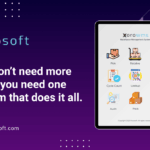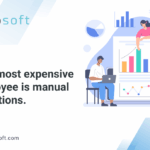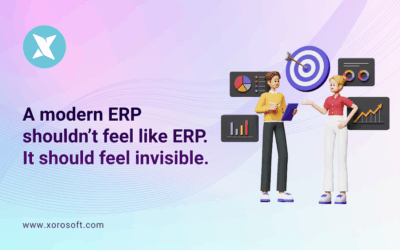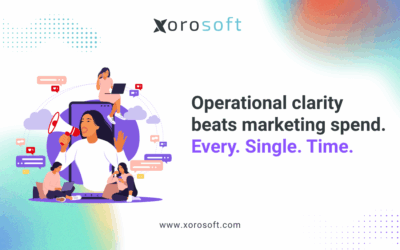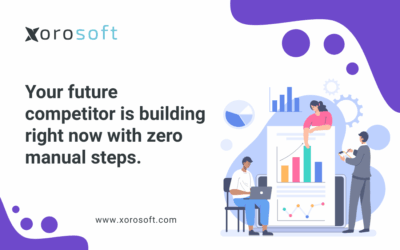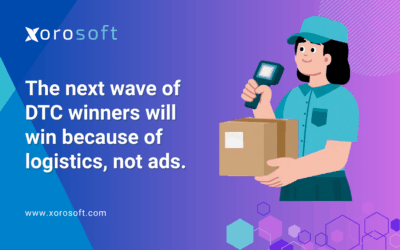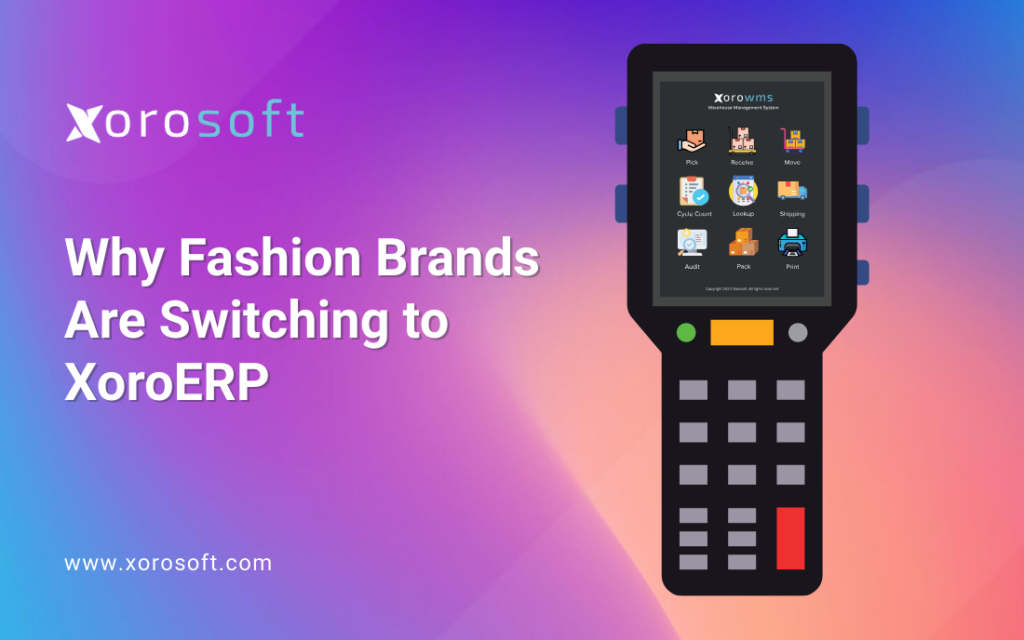
Fashion Brands Are Growing—But So Is the Chaos
Ask any fashion brand founder what keeps them up at night, and you’ll likely hear the same themes: orders piling up, warehouses bursting with mismatched inventory, and staff scrambling to keep track of stock across multiple channels. This is exactly why more brands are searching for fashion ERP software that can unify their operations and bring order to the chaos.
When you’re scaling fast, the cracks in your operations appear quickly. One delayed shipment during a holiday season, one inventory mismatch during a flash sale, or one lost wholesale order can derail momentum. Suddenly, you’re dealing with frustrated customers, stressed-out teams, and shrinking margins. Growth is exciting, but without the right systems, it quickly turns into chaos. And in fashion, chaos always means lost revenue.
When Disconnected Systems Derail Fashion Operations
Every fashion operator knows the pain of juggling too many disconnected systems. You’ve got Shopify or Amazon for e-commerce. QuickBooks handles accounting. A shipping app manages fulfillment. Spreadsheets track inventory. And if you’re lucky, a warehouse management tool sits on top of it all.
The result is a patchwork of tools that don’t communicate effectively. And that’s when the real problems begin:
-
Inventory errors: You believe you have 200 units of your best-selling dress in stock. In reality, only 120 are ready to ship.
-
Fulfillment delays: Orders pour in from Shopify, Amazon, and wholesale accounts, but no system gives you a consolidated view. As a result, customers wait, your team scrambles, and your reputation suffers.
-
Accounting headaches: Reconciliation drags on for weeks. Manual data entry eats up hours. Meanwhile, financial visibility is delayed, leaving you guessing at profitability.
-
Seasonal pressure: Fashion runs on cycles—launches, drops, and promotions. Without systems built for sudden surges, you’re always reacting instead of planning.
These aren’t minor inconveniences. Instead, they’re operational roadblocks that slow growth and damage brand credibility. Without the right fashion ERP software, these challenges only multiply.
Why Traditional Tools Can’t Keep Up With Fashion’s Pace
So why do these challenges persist—even for established fashion brands? The root cause is reliance on outdated or disconnected tools.
-
Spreadsheets are fragile. They break with a single wrong formula, and they cannot scale when thousands of SKUs stretch across multiple locations.
-
Basic accounting software is limited. QuickBooks and similar platforms handle finances but can’t connect accounting with inventory, procurement, or fulfillment.
-
Bolt-on warehouse apps lack depth. Rather than solving the issue, they add another layer of complexity.
-
Data visibility is always delayed. Without a centralized system, teams work from outdated numbers. By the time errors are spotted, it’s already too late.
Fashion moves faster than most industries. Drops go viral overnight. Influencer promotions create sudden spikes in demand. Wholesale partners expect precision. Customers demand next-day shipping. Traditional tools weren’t built for this reality.
Therefore, brands are realizing they need something better. And that realization is fueling the shift to modern fashion ERP software.
The New Standard: Why Fashion ERP Software Matters
The shift in fashion isn’t just about style—it’s about systems. The fastest-growing brands are embracing a new standard: real-time, unified ERP platforms.
Instead of juggling six disconnected apps, they’re centralizing operations into one powerful platform:
-
Real-time inventory across warehouses, stores, and online channels
-
Built-in WMS (Warehouse Management System) that streamlines pick, pack, and ship
-
Automated procurement and fulfillment to prevent costly stock-outs
-
Integrated accounting and reporting that shows profitability instantly
-
Seamless multi-channel selling across Shopify, Amazon, wholesale, and EDI partners
Because of this, teams finally have visibility, eliminate guesswork, and establish a foundation that accelerates growth instead of slowing it down. In other words, a unified ERP doesn’t just help—it transforms how fashion brands operate.
This is exactly where XoroERP stands out as a leading fashion ERP software.
Why XoroERP Is the Leading Fashion ERP Software
Fashion brands aren’t just choosing any ERP. They’re switching to XoroERP, the cloud-based platform designed to replace disconnected tools and deliver real-time visibility.
🚀 Cloud-Native and Fast to Deploy
XoroERP is built in the cloud, which means no outdated installations and no IT overhead. As a result, fast-scaling fashion brands can go live quickly, with visibility from day one.
🏭 Warehouse Management Built In
Unlike many ERP solutions that bolt on warehouse functionality, XoroERP includes a robust WMS at its core. This matters for fashion, where high SKU counts and seasonal spikes demand efficiency in picking, packing, and shipping.
🔗 Shopify and Amazon Integration
XoroERP integrates natively with Shopify and is live on the Shopify App Store. Orders flow in automatically, inventory syncs in real-time, and wholesale or EDI channels connect just as smoothly.
🌍 Built for Global Fashion Brands
Fashion is global, and so is XoroERP. The platform supports multi-currency, multi-warehouse, and multi-channel operations. Whether selling D2C, wholesale, or both, XoroERP scales effortlessly.
🤝 Easiest to Use on G2
Ranked #1 in Ease of Use on G2, XoroERP makes ERP adoption seamless. A system only works if teams actually use it, and XoroERP removes the typical ERP learning curve.
⚡ Automation Across the Tech Stack
With hundreds of API integrations, XoroERP connects with 3PLs, shipping carriers, CRMs, and BI tools. In addition, it automates workflows across the stack so fashion leaders can focus on growth instead of fixing tech gaps.
The impact is clear: faster fulfillment, fewer stock-outs, better margins, and teams that finally feel in control. That’s why XoroERP has become the go-to fashion ERP software for fast-scaling brands.
Future-Proofing Fashion Businesses With XoroERP
Fashion never slows down—and neither should your operations. The brands thriving today aren’t the ones relying on spreadsheets or manual fixes. Instead, they’re the ones embracing real-time visibility, unified workflows, and automation.
That’s why so many fashion brands are switching to XoroERP. It’s not just about solving problems today—it’s about creating a scalable foundation for tomorrow’s success.
If you’re ready to move past chaos, now is the time. Explore XoroONE, streamline your operations, and future-proof your brand with powerful fashion ERP software.
👉 Book a demo today to see why fashion leaders are making the switch.


